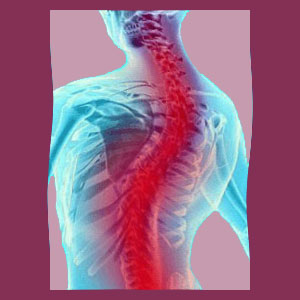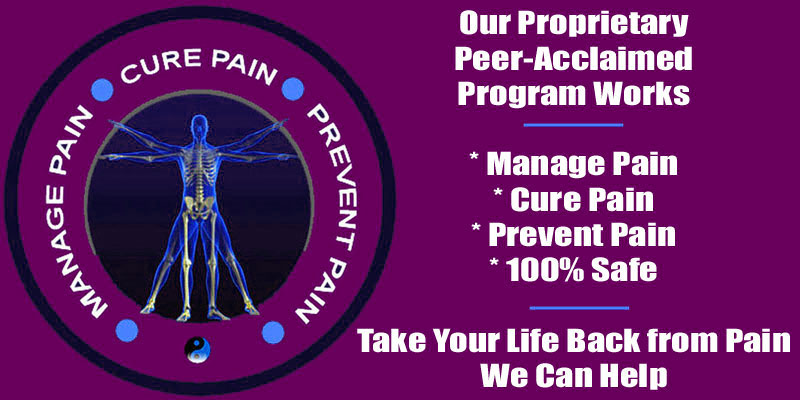
Use our scoliosis affecting heart patient guide to explore how atypical spinal curvatures can compromise cardiovascular functionality, creating a dire scenario. Some patients have written to us inquiring about scoliosis affecting cardiovascular functionality. Most of these patients are in no danger of such a dire fate, but some individuals do suffer severe scoliotic curvatures that may endanger heart or lung function.
Scoliosis can influence many internal organs in the body when the curvature is extreme and reduces the effective size of the chest cavity holding these important tissues. Since the heart is the most important organ for sustaining life, any reduction in function is a very serious matter that might necessitate drastic and invasive treatment in the form of a large, multi-level spinal fusion.
This essay explores how and why scoliosis might negatively influence the heart through compression. We will also provide a look at how the condition is usually treated.
How Does Scoliosis Affect the Heart?
The heart is a muscle that is located in the central to left-central chest cavity, corresponding to the upper half of the thoracic spine. The heart requires space to function, as it must beat in rhythm and be able to expand and contract in order to pump blood throughout our bodies. Without a heartbeat, life ceases to exist.
The heart is sensitive to compression, much in the same manner as the lungs. When it is structurally impinged upon, the heart may fail to perform normally, if at all. Compression of the heart by the spine, rib cage or muscular tissues of the dorsal anatomy can directly lead to chest pain, reduced cardiovascular function or even heart failure. In cases of acute myocardial infarction, the patient might die suddenly with little hope of being saved, since the heart will continue to suffer compression even if the victim is successfully resuscitated.
Why is Scoliosis Affecting the Heart?
Scoliosis describes a side-to-side curvature of the spine. This can change the alignment of the backbone to line up directly with the heart. However, the main factors that are involved in most compression scenarios occur due to collateral changes in kyphosis, as well as vertebral rotation in the upper back. Both of these structural changes can displace the vertebral column anteriorly, causing it, or the thoracic ribs, to rest against the heart.
Some cases of scoliosis are progressive and will continue to shift the spine forward or to one side, bending the patient towards the direction of the curvature as it progresses. When this direction is aimed at the heart, this vital muscle can be trapped inside the chest and impinged upon until it suffers negative consequences as detailed above. Often one or both lungs might also be compressed when the heart is affected and this pulmonary compression is usually the first indication of a potentially very serious symptomatic problem stemming from the atypical spinal curvature.
Scoliosis Affecting Heart Treatment
If the heart is threatened in any way, doctors will typically intervene and offer spinal fusion in an attempt to reshape the spine into a more typical and less symptomatic state. These long multi-level spinal fusions require high levels of surgical skill, as well as the implementation of reinforcing hardware to secure the spine into place until it can heal. In cases of scoliotic-induced fusion, the hardware is usually left in place for life in order to prevent recurrence of the curvature.
In less symptomatic patients who are just beginning to suffer the initial indications of lung or heart compression in association with scoliosis, physical therapy, posture therapy, exercise, stretches and bracing might be of help. However, if the condition continues to progress to degrees that threaten the function of the heart, then surgery will be offered, despite its potential downsides, as a last resort life-saving therapy.
Scoliosis > Consequences of Scoliosis > Scoliosis Affecting Heart





